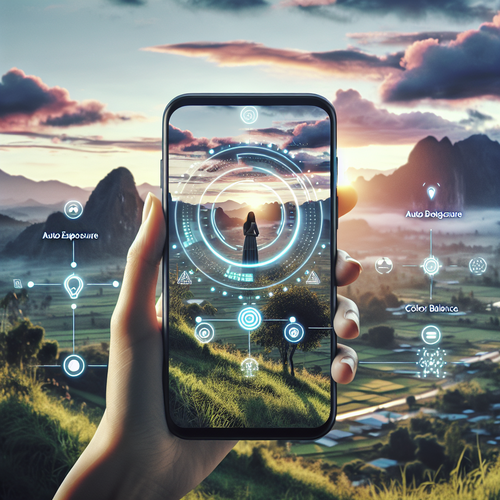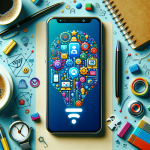
AI in Mobile Photography: Transforming Phone Cameras
AI in Mobile Photography: Transforming Phone Cameras
In the world of mobile photography, advances in technology continue to enhance the way we take photos with our smartphones. With the rise of generative AI and scene detection technologies, the capabilities of mobile cameras are becoming more sophisticated and user-friendly. This tutorial explores how these innovations are changing the landscape of mobile photography and provides a step-by-step guide on leveraging these technologies for stunning photography.
Prerequisites
- A smartphone with a capable camera.
- Photo editing apps that utilize AI capabilities.
- Basic understanding of smartphone photography principles.
Understanding Generative AI in Mobile Photography
Generative AI refers to algorithms that can create new content by learning from existing data. In mobile photography, this technology is used to enhance image quality by automatically adjusting brightness, contrast, and saturation based on the analyzed scene. This allows even amateur photographers to achieve professional-looking results without extensive editing skills.
Scene Detection: A Game Changer
Scene detection technology helps smartphones identify various elements in a scene, such as landscapes, portraits, and low-light environments. By recognizing these elements, the camera can optimize settings to take the best possible shot. For instance, when taking a picture of a sunset, the AI can adjust color profiles to enhance the vibrant hues of the sky.
How Generative AI and Scene Detection Work Together
The combination of these technologies allows smartphones to:
- Auto-adjust camera settings based on detected scenes.
- Suggest filters and enhancements tailored to the captured image.
- Predict user preferences based on historical photo choices.
Step-by-Step Guide: Using AI for Mobile Photography
Step 1: Choose the Right Camera App
Many smartphones come with built-in camera apps that already utilize generative AI and scene detection. However, third-party apps can offer additional features. Some popular options include:
- Adobe Lightroom (Official site): A powerful photo editing tool with AI enhancements.
- Snapseed (Official site): A user-friendly editing app with extensive features.
- Google Photos (Official site): Offers smart enhancements and scene optimization.
Step 2: Experiment with Different Scenes
Practice taking photos in various environments, such as:
- Daylight: Capture bright and vibrant scenes.
- Low-light: Test the camera’s ability to manage noise and clarity.
- Portraits: See how the camera blurs backgrounds to highlight subjects.
Step 3: Utilize AI Features
Make the most of AI-driven features in your camera app:
- Use auto enhancements after capturing photos.
- Try various filters suggested by the app based on scene detection.
- Engage with any smart editing tools available in your app.
Troubleshooting Common Issues
While using generative AI and scene detection in mobile photography, users may encounter some common issues:
1. Image Overexposure
If the images appear overly bright, try adjusting the exposure settings or switching to manual mode.
2. Blurry Shots
Ensure your camera lens is clean. For moving subjects, use ‘Action’ mode if available, which optimizes settings for motion.
3. Inaccurate Scene Detection
If the camera fails to recognize the scene properly, experiment with different camera angles or reshoot in better lighting conditions.
Summary Checklist
- Choose a capable camera app.
- Experiment with various scenes.
- Utilize AI-driven features for enhancing photos.
- Troubleshoot common photography issues.
With the rapid advancements in AI and scene detection, mobile photography is becoming increasingly accessible and exciting for users everywhere. Take full advantage of these technologies to elevate your photography game!
For more insights on innovations in mobile photography, check out our post on Camera Sensor Innovations: Advancements in Mobile Photography.














